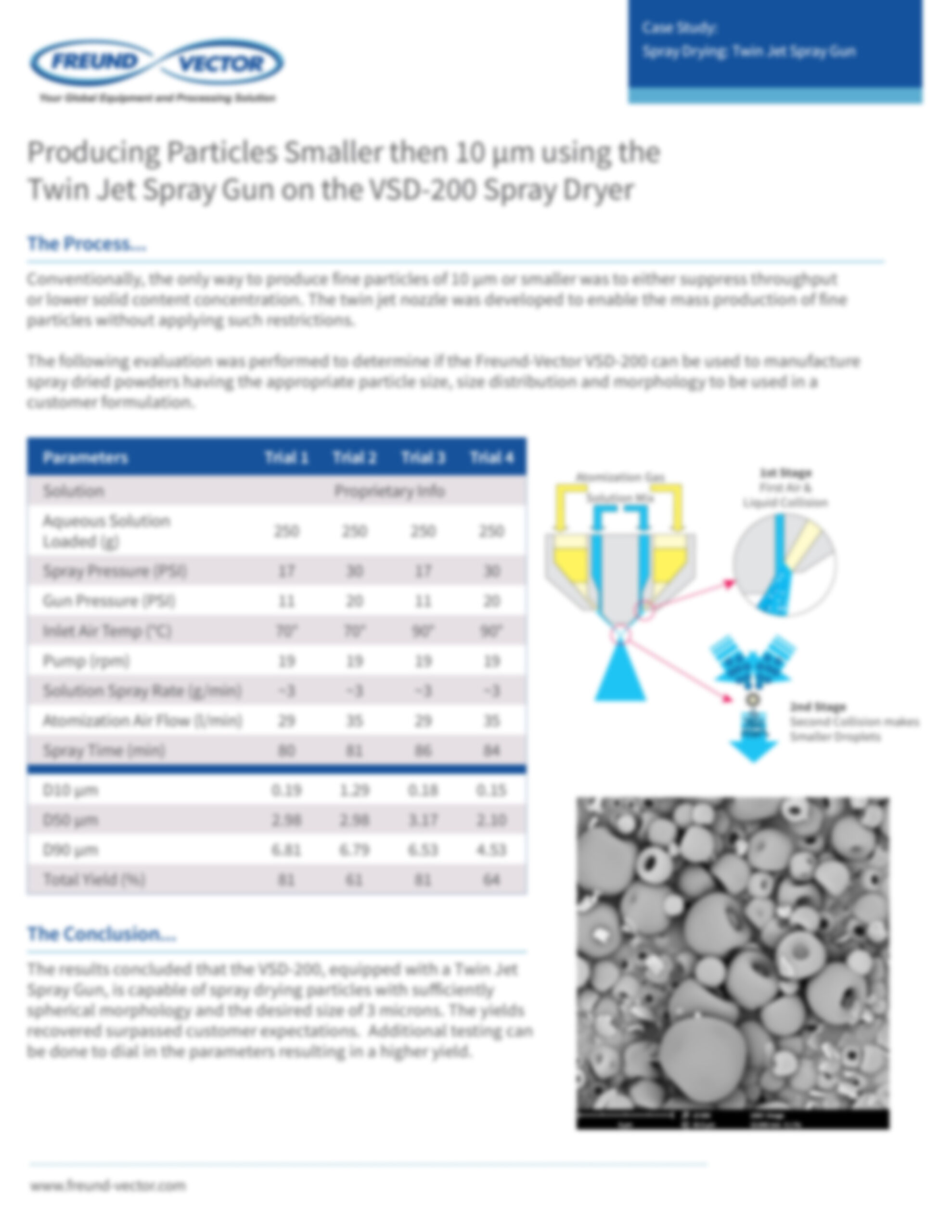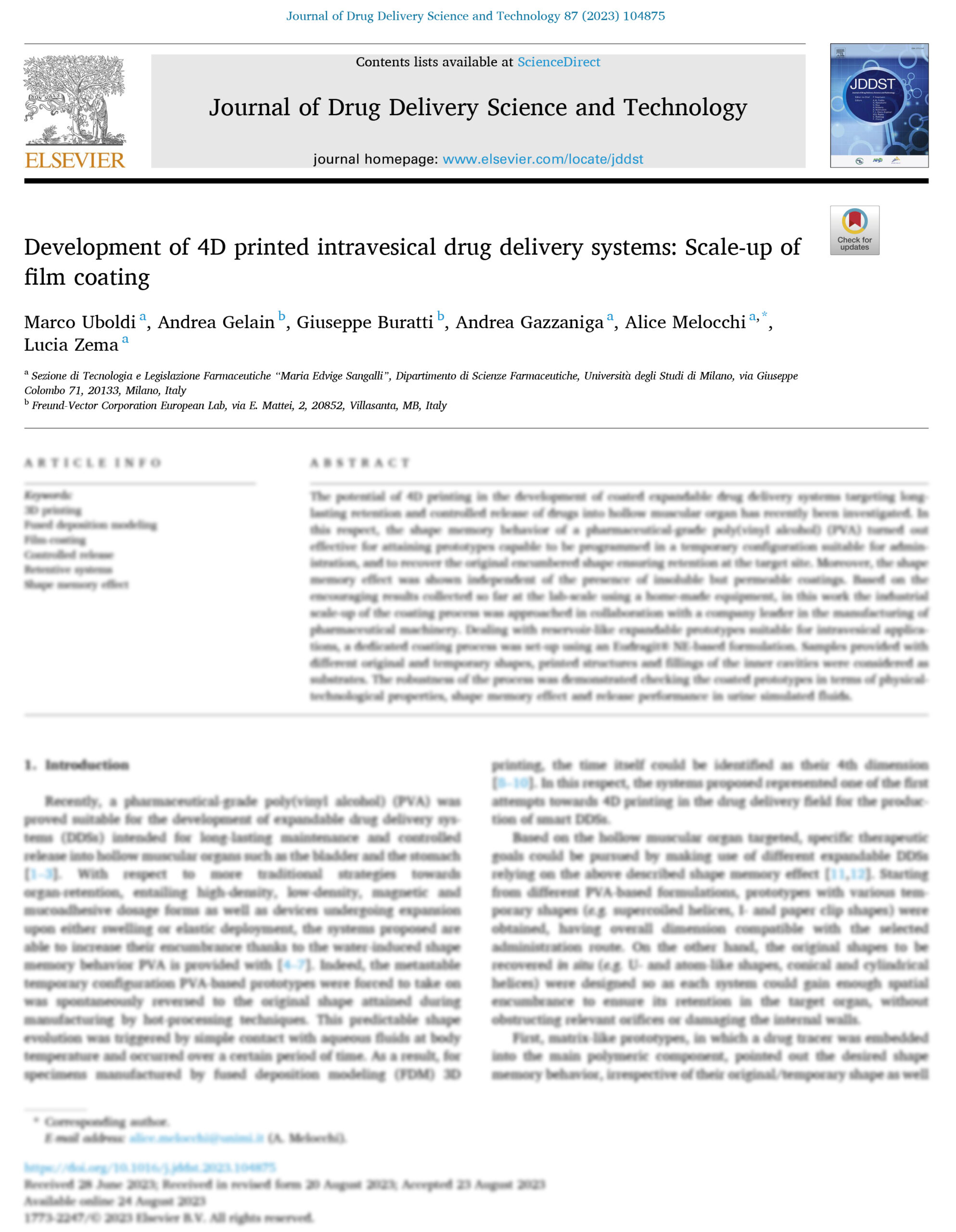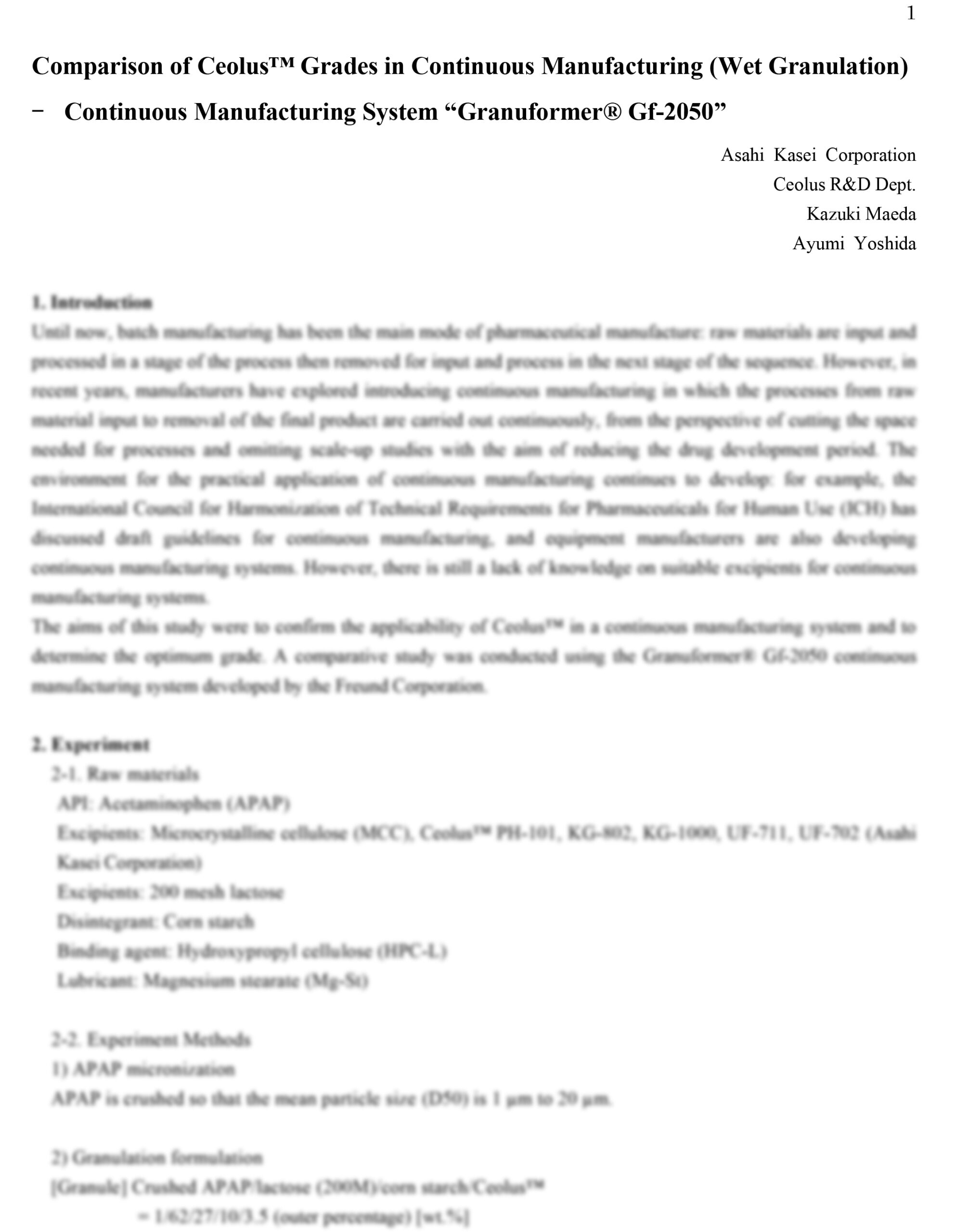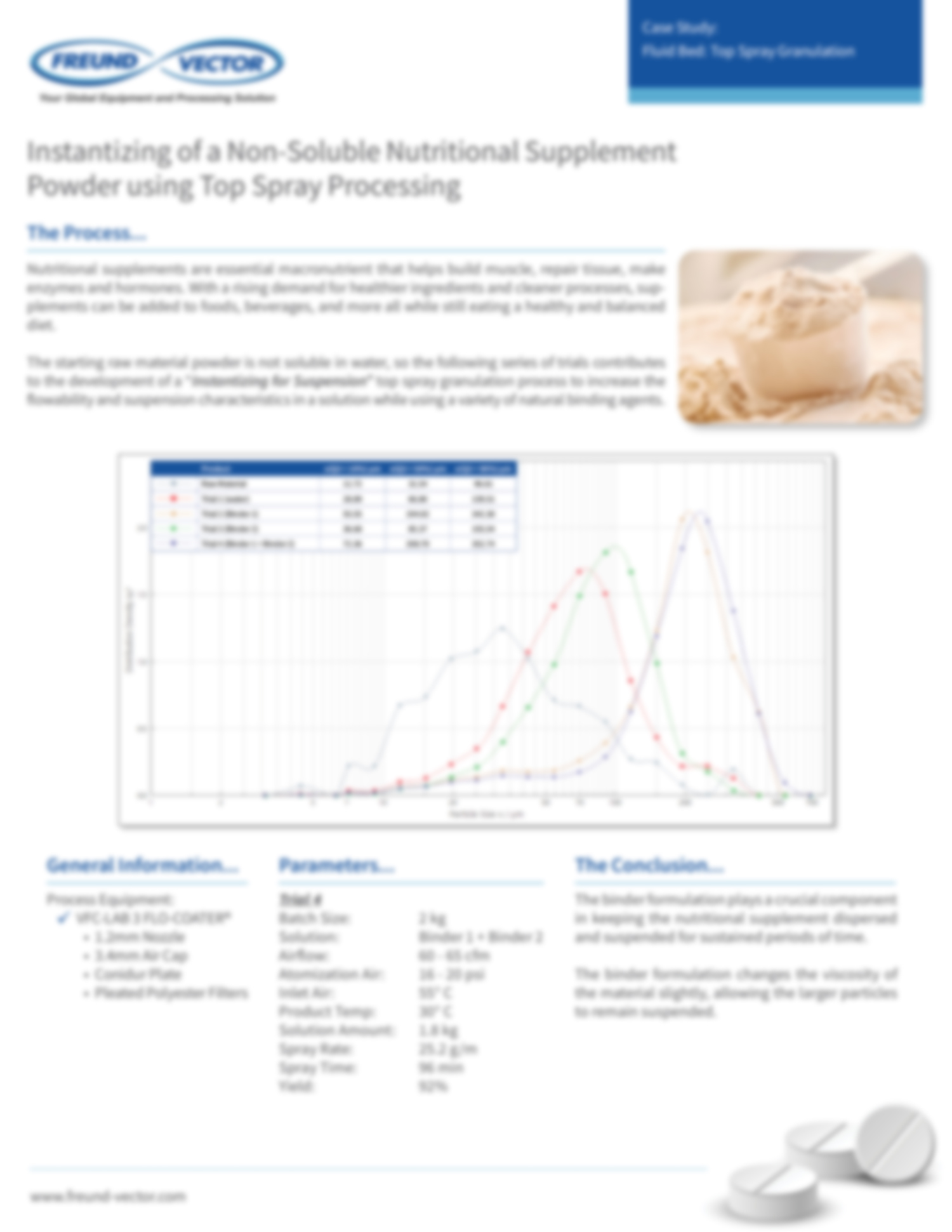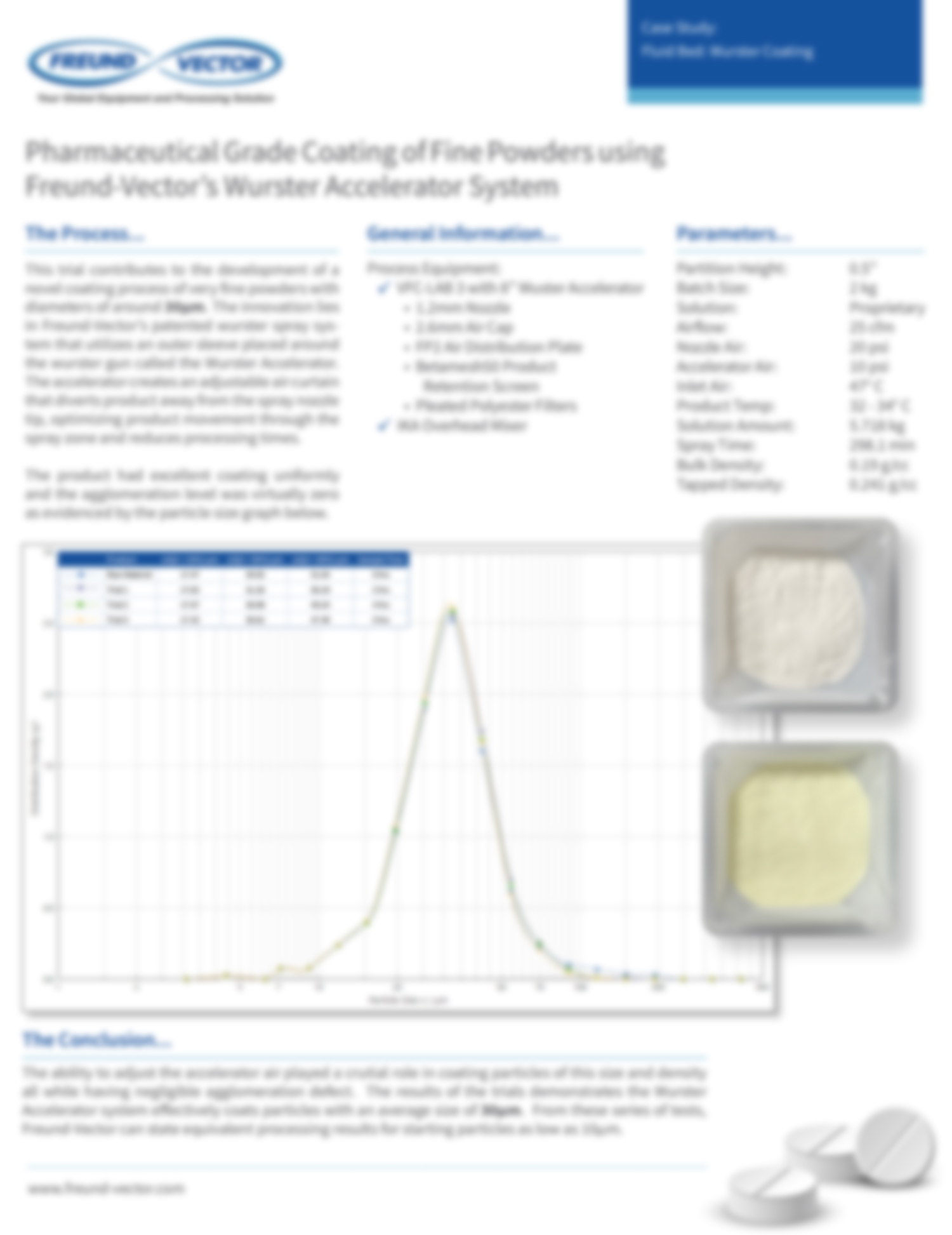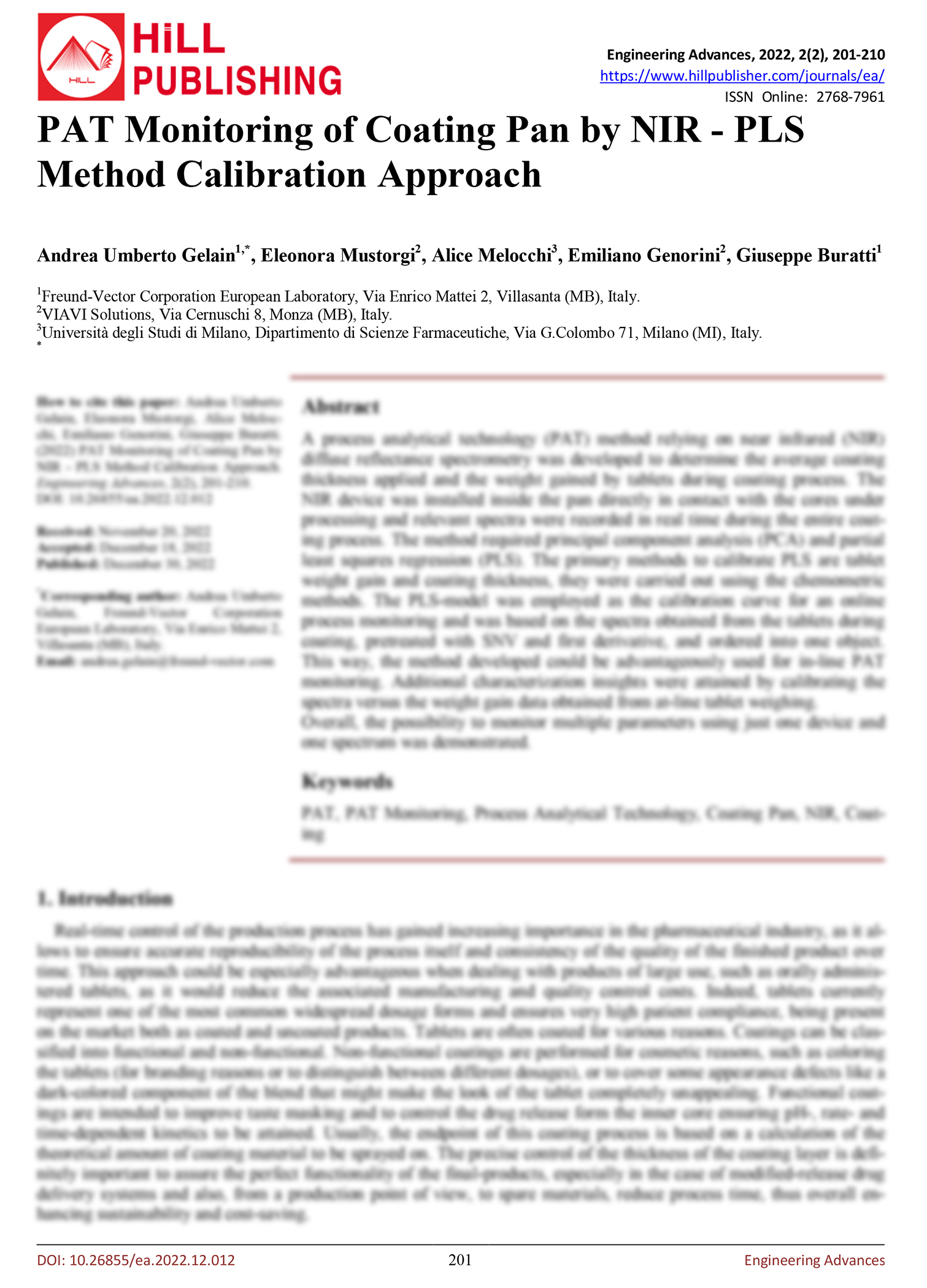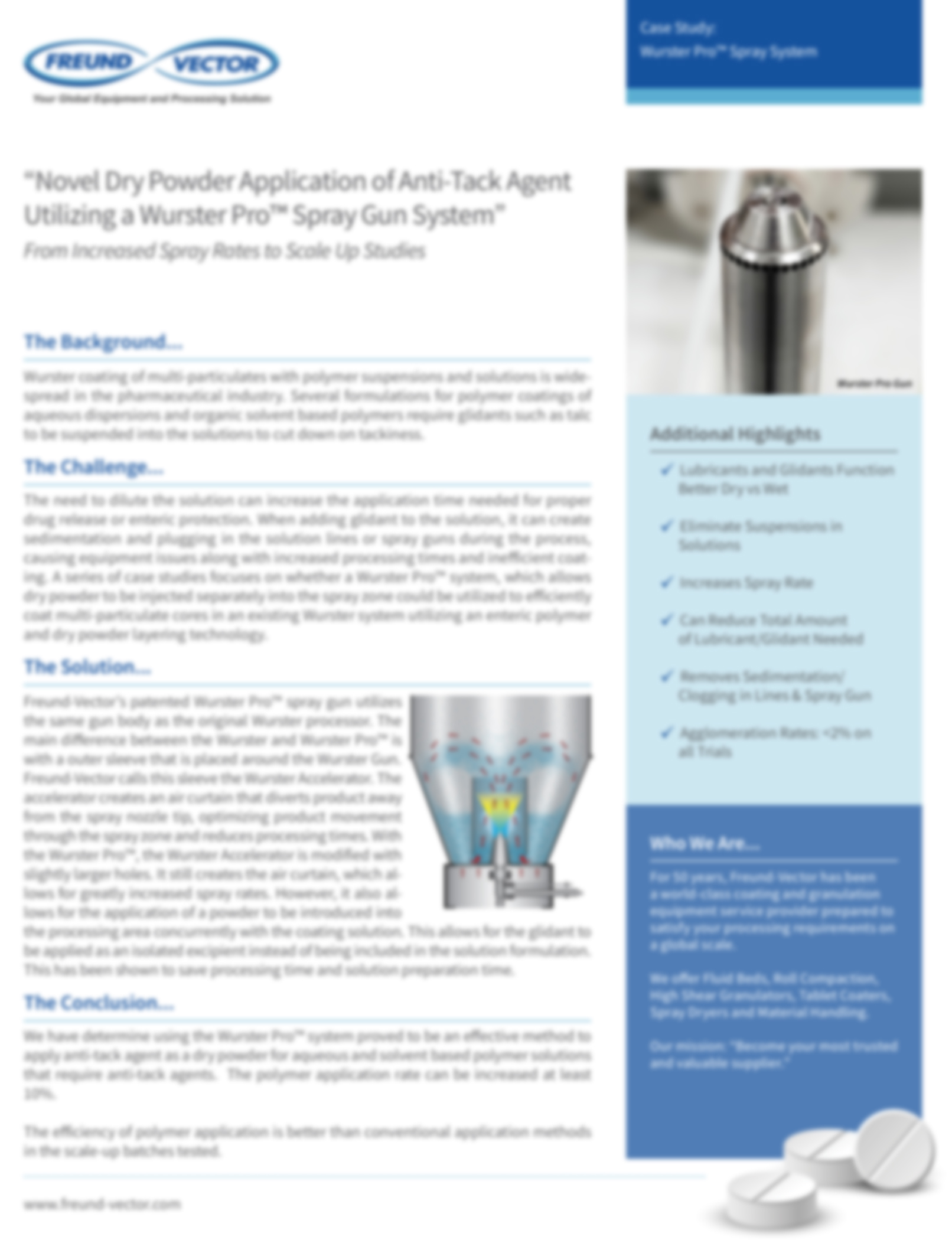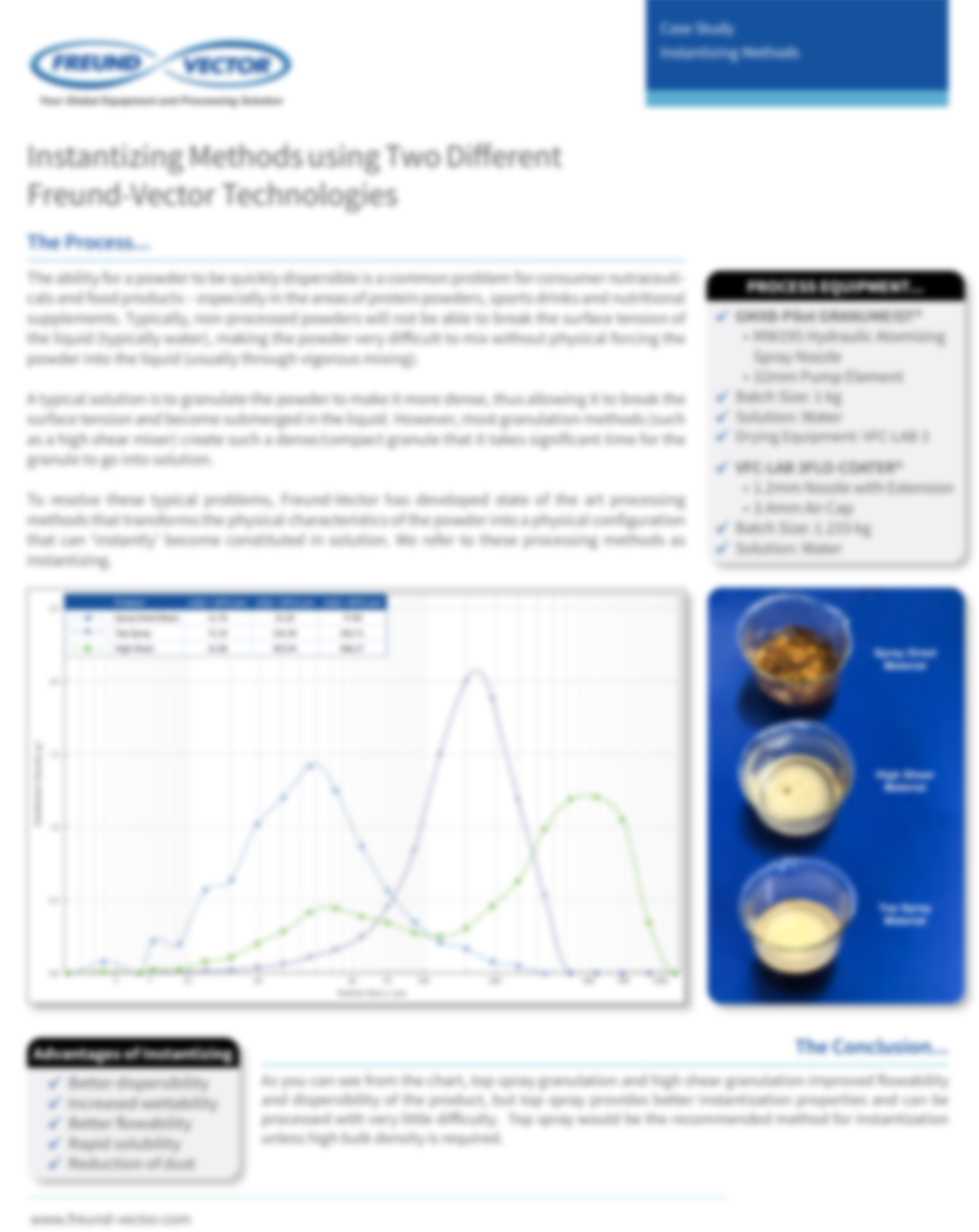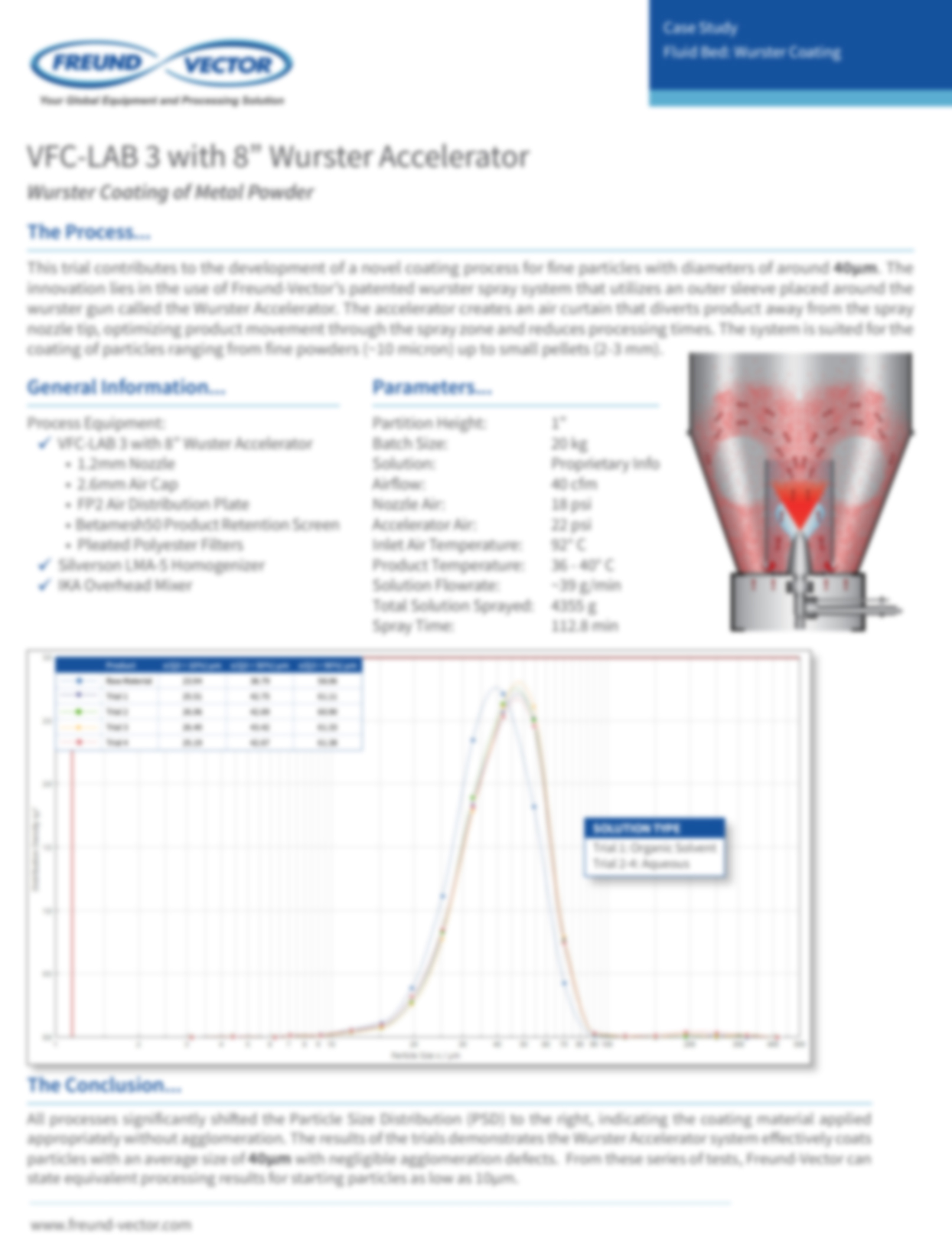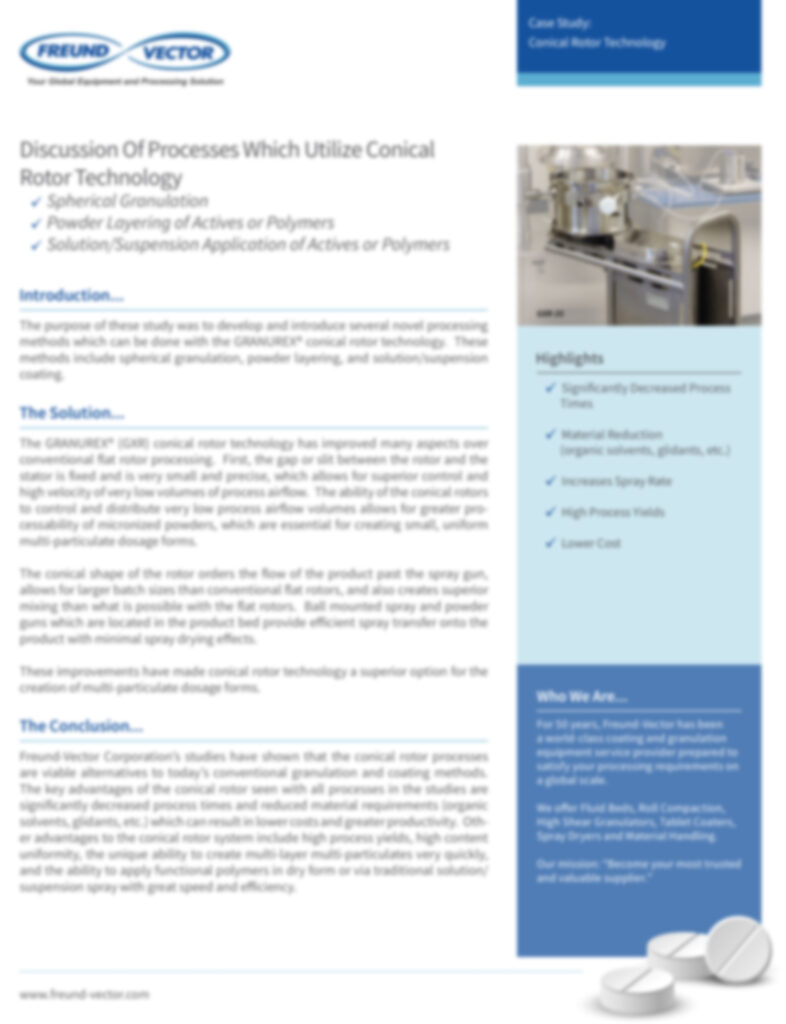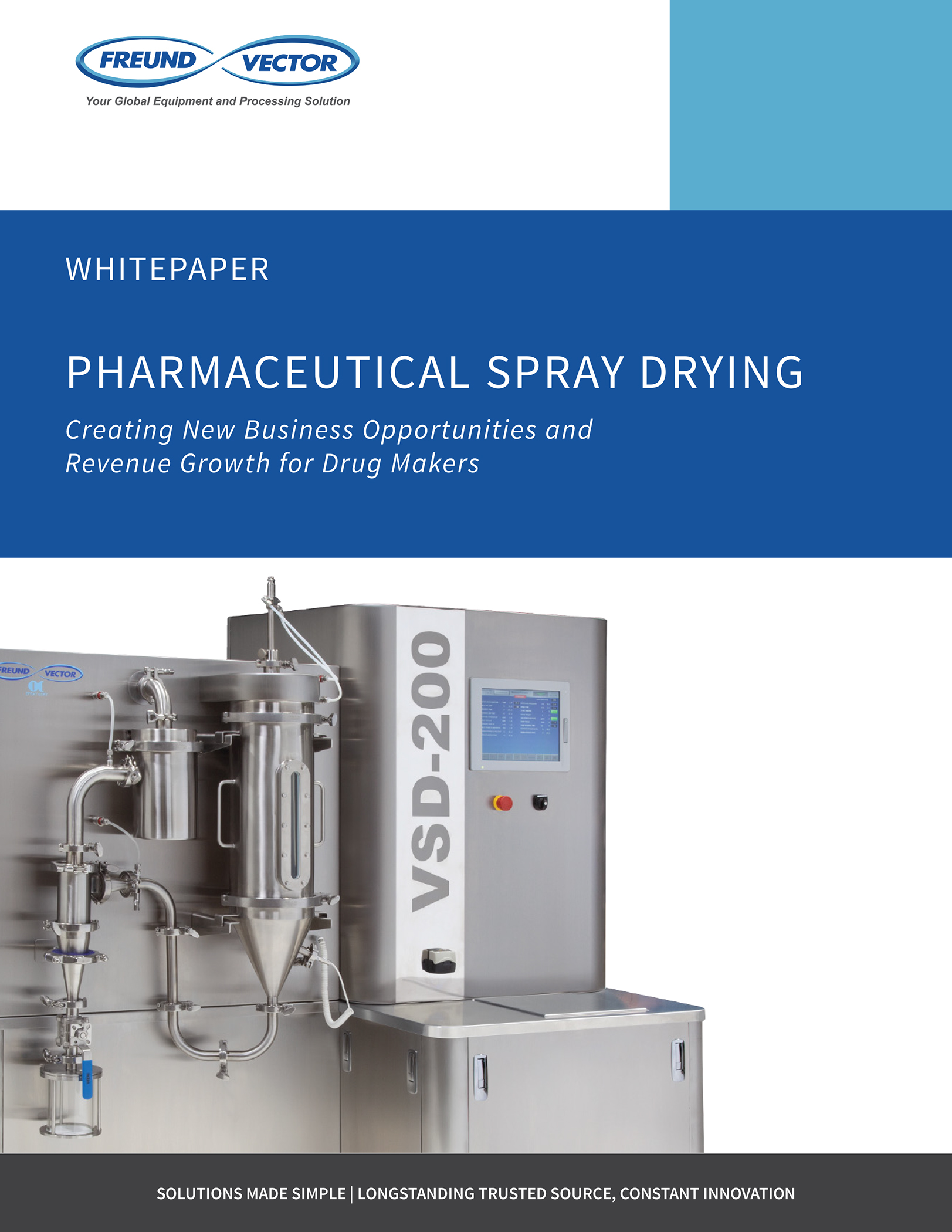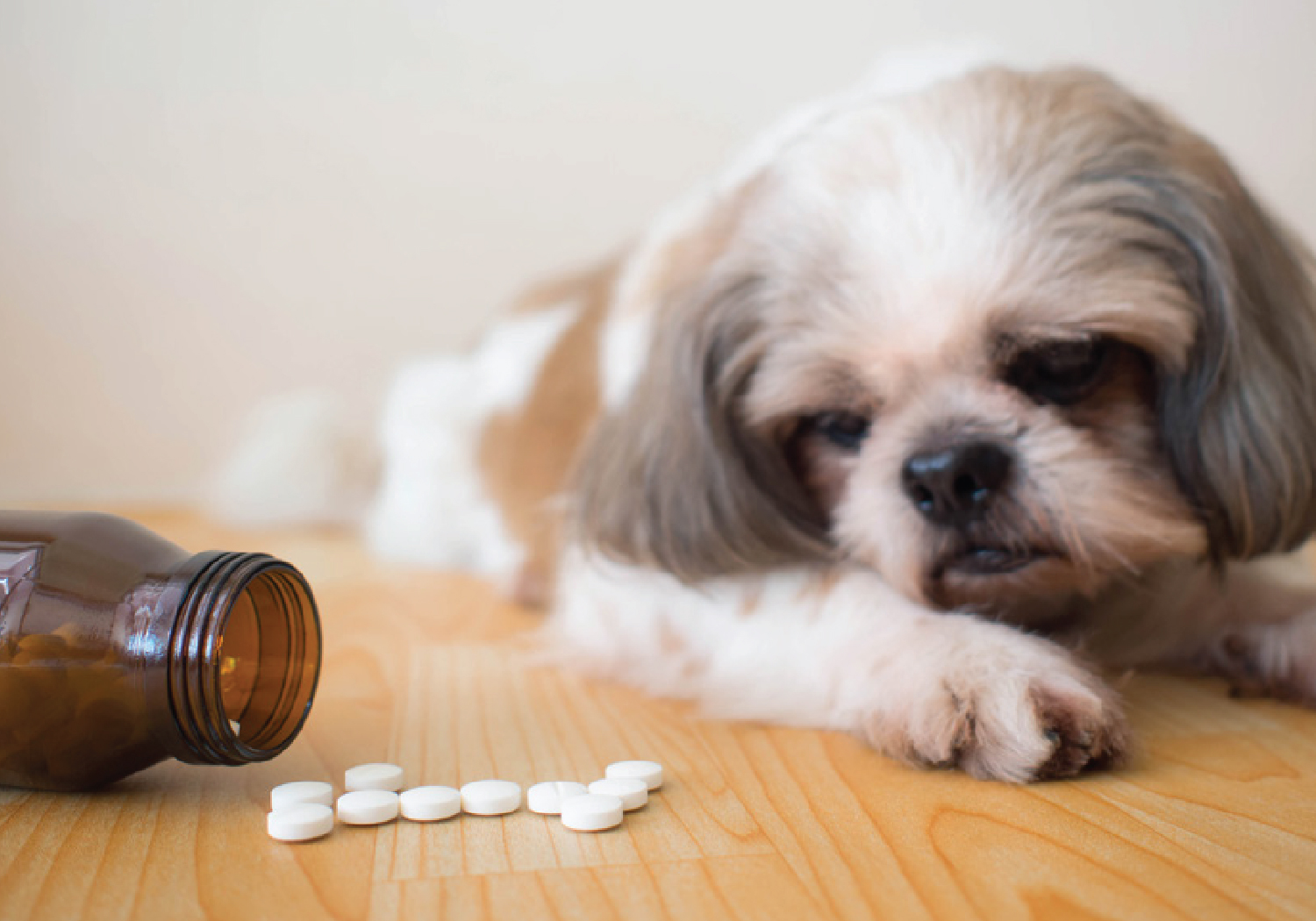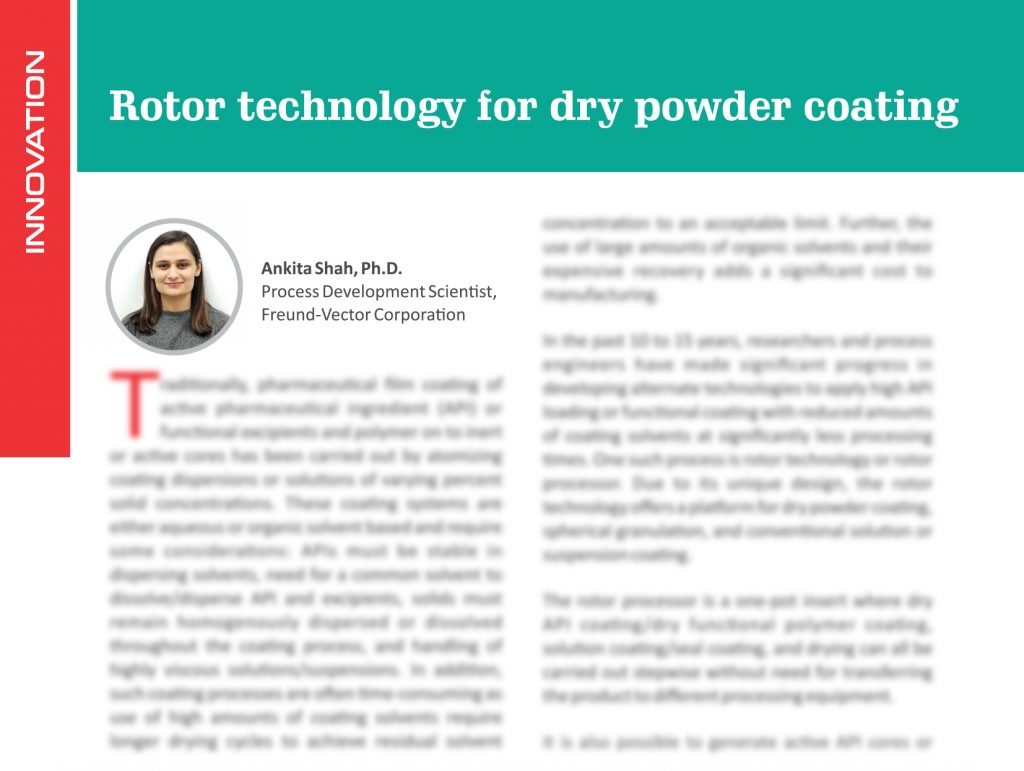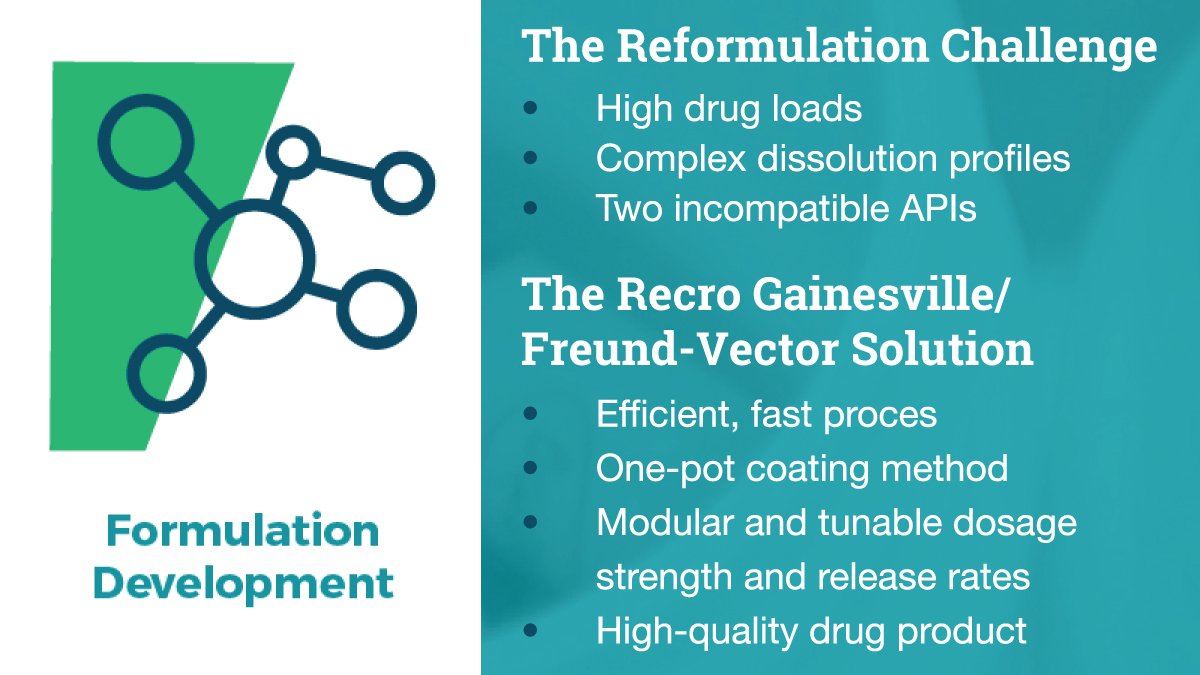The potential of 4D printing in the development of coated expandable drug delivery systems targeting longlasting retention and controlled release of drugs into hollow muscular organ has recently been investigated. In this respect, the shape memory behavior of a pharmaceutical-grade poly(vinyl alcohol) (PVA) turned out effective for attaining prototypes capable to be programmed in a temporary configuration suitable for administration, and to recover the original encumbered shape ensuring retention at the target site. Moreover, the shape memory effect was shown independent of the presence of insoluble but permeable coatings. Based on the encouraging results collected so far at the lab-scale using a home-made equipment, in this work the industrial scale-up of the coating process was approached in collaboration with a company leader in the manufacturing of pharmaceutical machinery. Dealing with reservoir-like expandable prototypes suitable for intravesical applications, a dedicated coating process was set-up using an Eudragit® NE-based formulation. Samples provided with different original and temporary shapes, printed structures and fillings of the inner cavities were considered as substrates. The robustness of the process was demonstrated checking the coated prototypes in terms of physical technological properties, shape memory effect and release performance in urine simulated fluids.
